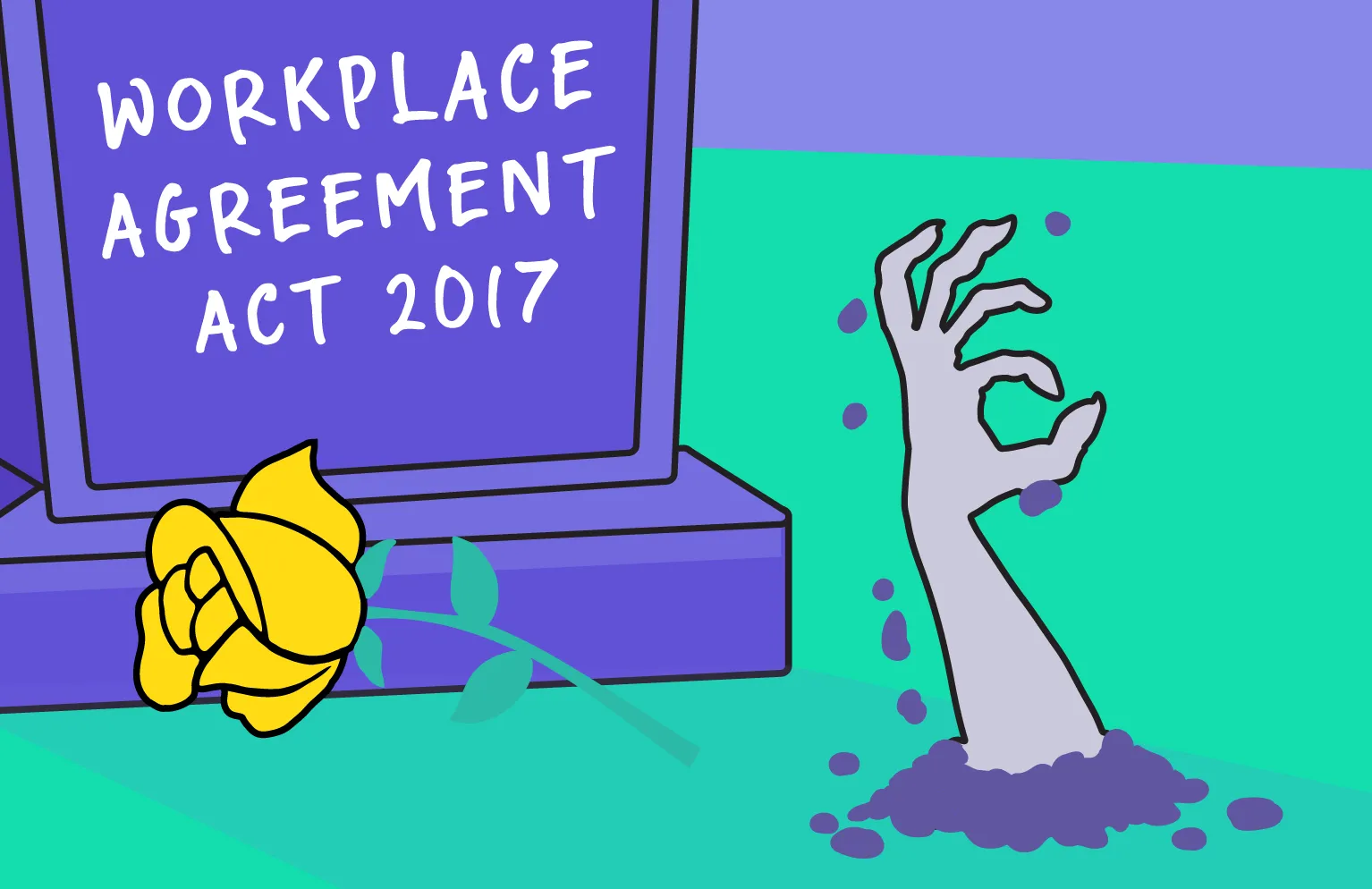Payroll verification reviews don’t happen in a vacuum. You are dealing with an array of internal and external stakeholders, competing priorities, squeeze on resources, the uncertainty of the outcome, impact on reputation, timeline, and remediation strategy. There is no shortage of matters to worry about.
Throw in reporting obligations and disclosure requirements, and even the most cool-headed program manager’s heart is bound to beat a little faster.
Due to their complexity, wage reviews are not something that you can ‘press a button’ and have them over and done with (yet!) Wage remediation for a large employer can take anywhere from one to four years to complete under the traditional approach of spreadsheets and clunky systems. At Yellow Canary, our automation first approach allows 100% of employee payments to be reviewed and speeds up completion of the project by an average of 50%, when compared to the traditional approach. However, even Yellow Canary projects for large employers can take upwards of a year to complete which presents a conundrum for listed companies and other entities that are subject to continual disclosure requirements obligations:
It’s only six months to year-end and I need to disclose the amount of the wage remediation to the market, but the review won’t be finished by then. What should I do?
We have an answer. Before we get to that though, let’s do some groundwork and unpack disclosures and their interaction with the financials.
This article will focus on reporting disclosures and not on any disclosures that may be required by the regulator, being the Fair Work Ombudsman.
Disclosures and reporting
In Australia, listed entities are required to disclose information that a reasonable person would expect to have a material effect on the price or value of the entity’s security. Most listed entities across the globe have similar disclosure requirements where disclosures are required for material events. Every entity will have a different materiality threshold and underpayments below this threshold would not require disclosure.
In the context of wage remediation, it’s likely that there will be an amount owed to employees, meaning a liability that the company must pay out. From an accounting perspective, the treatment of the liability in a company’s financial statements or disclosures depends on the certainty around the timing or amount.
Ok, so we know there is a likelihood there is going to be a liability and a possibility we may have to disclose to the market. Now, let’s look at what type of liability we may have to disclose depending on where we are at in the wage remediation project. We’re going to dig into some accounting fundamentals (bear with us!) to understand what type of liability we may need to disclose.
Firstly, what are the common types of liabilities you may be dealing with, and what do they mean?
Provision: a provision is a liability of uncertain timing or amount e.g. we don’t know exactly how much or exactly when we will need to pay it out, though we are certain we will have to pay something out eventually. In simplest terms, we can estimate an amount.
Contingent liability: a possible obligation to pay out and we will only find out if we have to pay it out in the future when another event does or does not happen; or a present obligation arising from a past event (i.e. historic wage underpayment) that can’t be recognised as we cannot measure the amount with sufficient reliability. In simplest terms, we can’t estimate an amount yet.
But what does this all actually mean? Year-end is coming up – help me plan! What do I need to tell our finance team?
Great question. The answer is: it depends.
We know you hate hearing that, as we do too. To help, we’ve prepared a handy framework to assist you to work through what type of disclosure or liability you may need to take up when year-end rolls around if your wage remediation project is still in progress.
* Again, Yellow Canary is a tech company and we don’t provide accounting, legal or any other kind of advice. This resource is purely based on our experience and companies should obtain their own professional advice.
Dealing with the conundrum: the Yellow Canary approach
The elephant in the room here is that determining the liability or the disclosure requirement is easy; planning the wage remediation project to align and acknowledge your reporting obligations is the hard part.
We get this is a pain point.
You want visibility early in the project about the potential extent of the issue, the ability to evaluate the disclosure and reporting obligations, and the data to make informed and sensible decisions about how and what to disclose in the broader context of your business. To support you with this, we work with you to understand and plan for disclosures in the onboarding phase; and get preliminary estimates (subject to data validation) to you as early as we can, usually about halfway through the project.
In practice, this means that we work with you in the onboarding phase to understand your disclosure and reporting obligations, the timing of your financial reporting period and indicative materiality threshold. We then develop the project plan with you to: align the completion of the preliminary results (subject to data validation) with your reporting deadlines to facilitate any potential disclosures, work through timing for the data validation phase and set up any custom disclosure reporting.
When the preliminary results are available, we share them with you so that your finance and leadership teams can facilitate the necessary disclosures in a timely manner.
This process takes the uncertainty out of disclosures and provides you confidence that you’ll be able to meet your disclosure obligations and be able to stand by the integrity of your wage remediation.
As with every aspect of a Yellow Canary project, we work closely with your legal advisors, payroll and finance teams to ensure you are equipped to meet your broader disclosure and reporting obligations. If you want to chat to us about this, contact us here and we’ll give you a call.
* Yellow Canary content on this website is intended solely for the purpose of offering commentary and general knowledge. The content is not intended to constitute legal advice. You should seek legal or other professional advice before acting or relying on any of the content.





